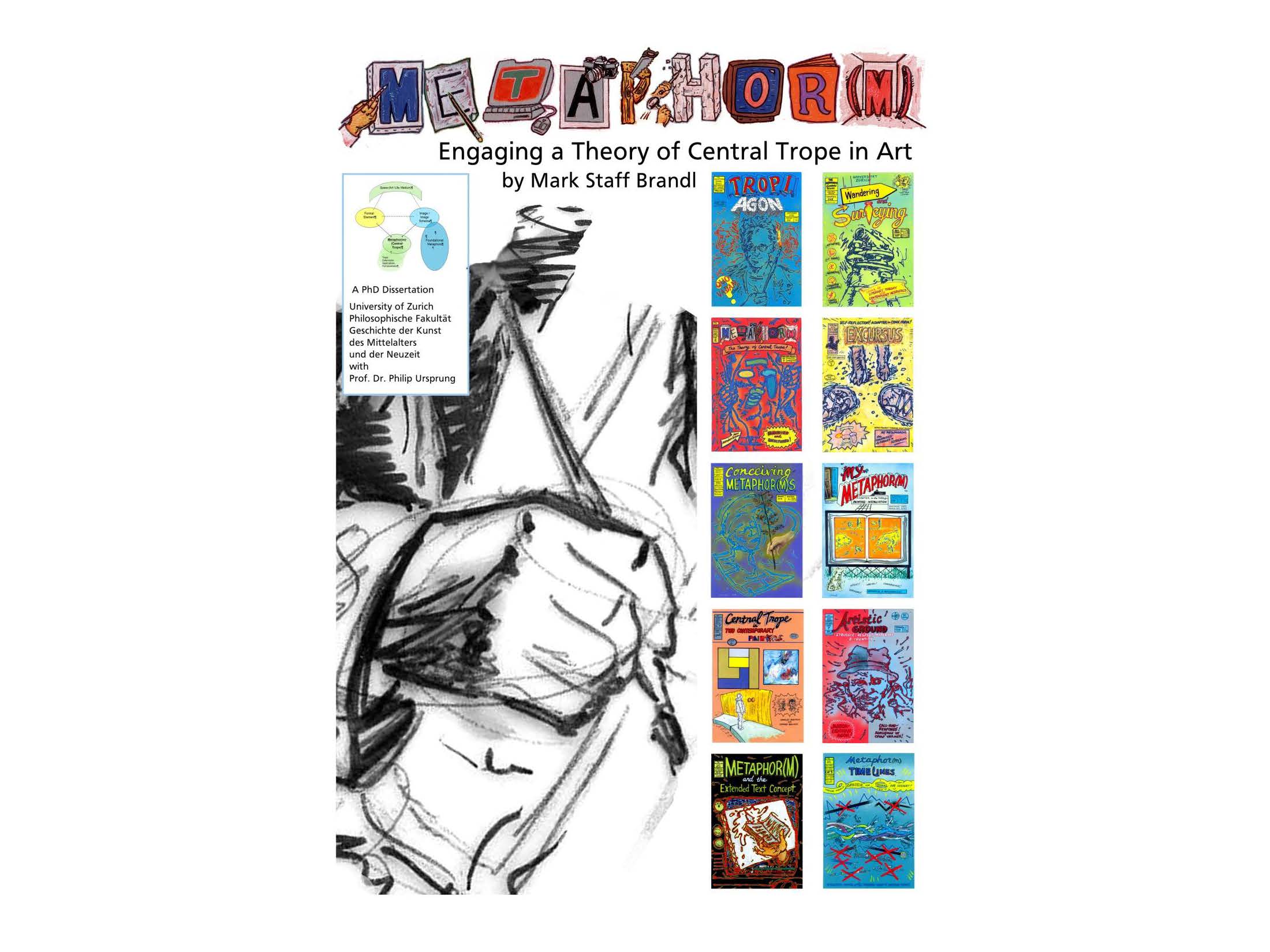
The process of generating those internal structures is believed to be conceptually motivated and initiated by perceptual salience (cf. Language is considered to be one of the most significant and fundamental features constituting human cognition, even though it may be described as only the “tip of a spectacular cognitive iceberg” (ibid.), which consists of numerous “layers” of mental processes and internal structures, enabling us to function in our experienced world. According to cognitive linguist Gilles FAUCONNIER, “perhaps for the first time a genuine science of meaning construction and its dynamics has been launched” (Fauconnier 96). In the 1980s cognitive linguistics developed mainly in the United States as a new approach to the study of language and mind and how both entities are interrelated. Since the subject of cognitive linguistics proves to be extremely complex and extensive, the lion’s share of this work will concentrate on the cognitive theory (1987) and the corresponding theory of metaphor by George LAKOFF (1980). The presented paper will focus on the field of cognitive linguistics, thereby addressing and summarizing the main concepts and theories as well as demarcating such from generative approaches. Linguistics as a field of studies particularly dedicated to the task of exploring the language faculty and its features is divided into several subcategories caused most likely by the interactive nature this field of study presents. Language in general has always been an intricate matter for investigation and scientific research. then are Metaphors its muscles and tissues and living integuments.

Primitive elements are the osseous fixtures in the Flesh-Garment, Language, I said that Imagination wove this Flesh-Garment and does not she? Metaphors are her stuff: examine Language what, if you except some few primitive elements (of natural sound), what is it all but Metaphors, recognized as such, or no longer recognized still fluid and florid, or now solid-grown and colorless? If those same Language is called the Garment of Thought: however, it should rather be, Language is the Flesh-Garment, the Body, of Thought.


The Conceptual Metaphor Theory (CMT) by George Lakoff (1980)Ĥ.2 The Systematic Structure of Metaphorical Concepts 3.1 Basic-Level Concepts and Kinesthetic Image Schemasģ.2 Idealized Cognitive Models (ICMs) and EmbodimentĤ.


 0 kommentar(er)
0 kommentar(er)
